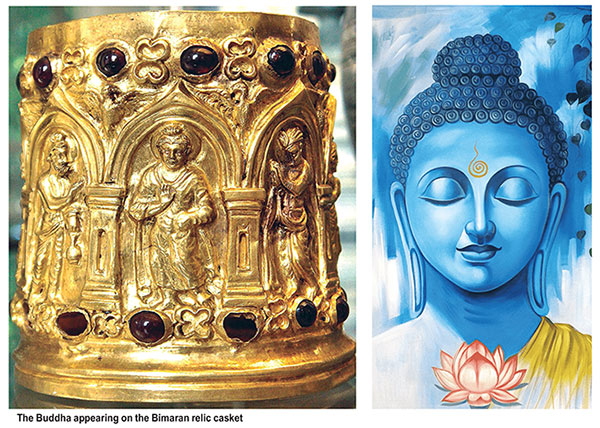Opinion
What did the Buddha look like? A response to a response

I would like to comment on G. A. D. Sirimal (Mr. S) response to my article of March 6th about the Buddha’s appearance. I made it clear, in my article, that everything I wrote was based only on the information preserved for us in the Pali Tipitaka – not on legend, tradition, modern speculation or theorising. Mr.S writes that the correct way to address the Buddha would be “Buddha Gotama” and this is quite acceptable. But throughout the Tipitaka, the Buddha is only addressed as or called “ascetic Gotama” (samana Gotama), “good Gotama (boh Gotama), or “Lord” (Bhagava) and I think in only one place is he called “Buddha” and nowhere is he called “Buddha Gotama.” He almost always referred to himself as Tathagata. Mr. S. then refers to statues or images of the Buddha produced in Bactria made some 300 years after the Buddha.
To the best of my knowledge most historians, statues of the Buddha did not start to be made for at least 500 years after the Buddha, although Mr. S is quite correct in saying that this happened in Bactria. This is both a long time and a great distance from when and where the Buddha lived and such statues reflect this, as Mr. S correctly says. Thus we would not expect them to resemble what the Buddha actually looked like.

Mr. S correctly says, they look like snails and the popular legend that the Buddha sat in motionless for so long that snails slithered up to his head. Mr. S then says that it was “a Hindu custom” to wear earrings (I mentioned earplugs which are a type of earring) but it would be more correct to say that “ancient Indians” did this, because by no means were all ancient Indians Hindu – there were Jains, followers of the Ajivakas, tribal people and animists. This was an Indian custom rather than a specifically Hindu one. Much else of what Mr. S writes is both interesting and informative and I thank him for his comments.
He and the readers of the Sunday Island may be interested to know that the historians of the British Museum now consider that the oldest image of the Buddha appears on the Bimaran relic casket and that it dates from around 30 BC. (See the picture)
Bhante Dhammka of Australia